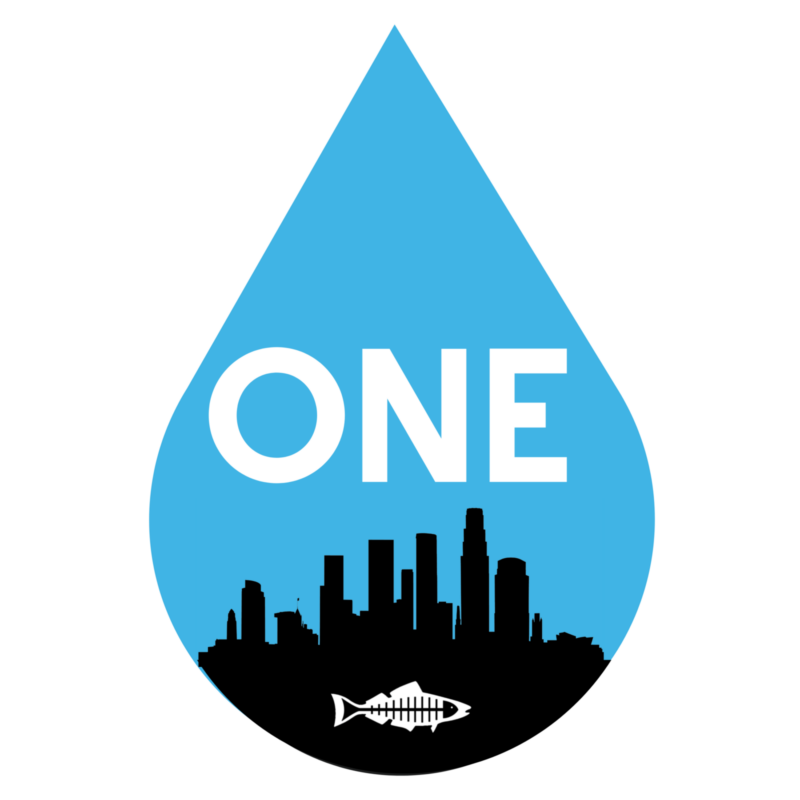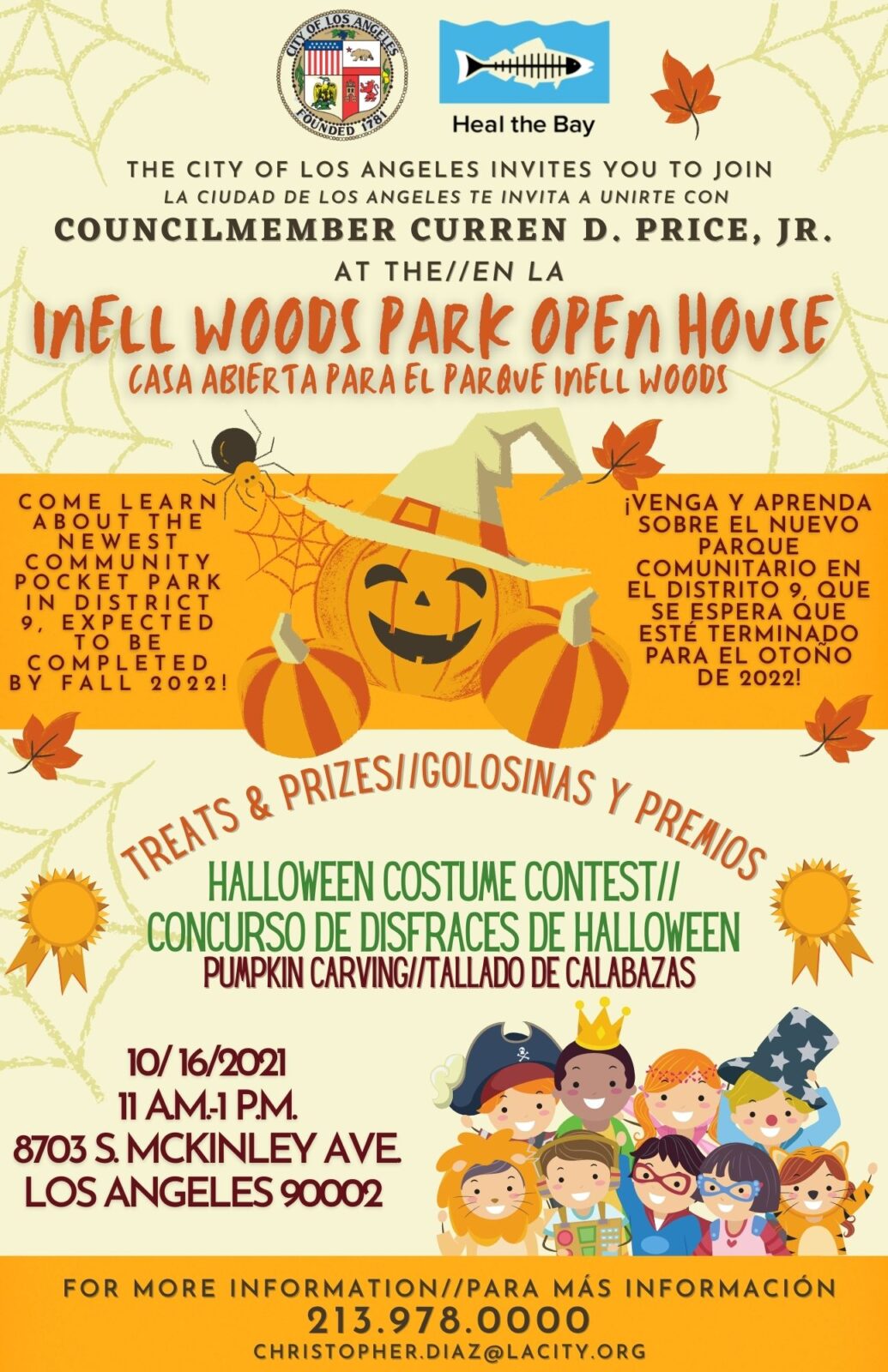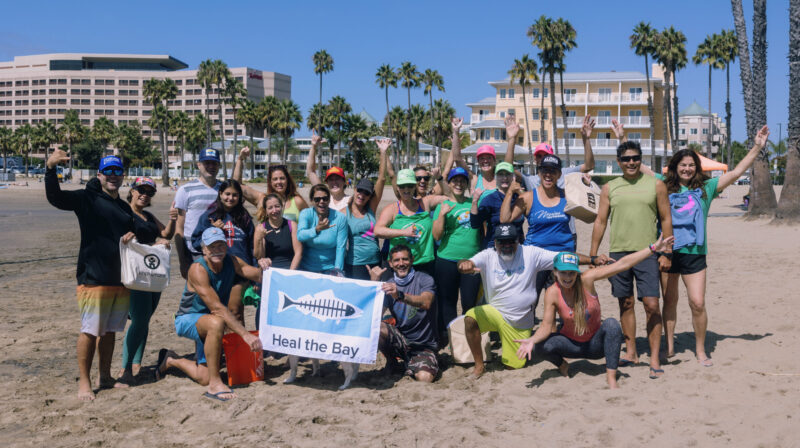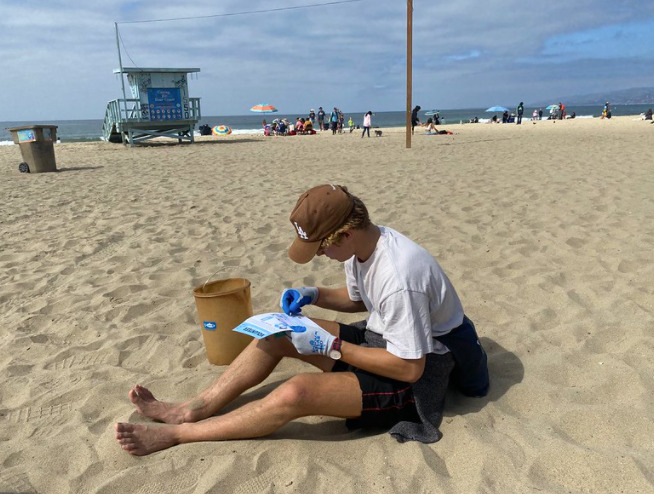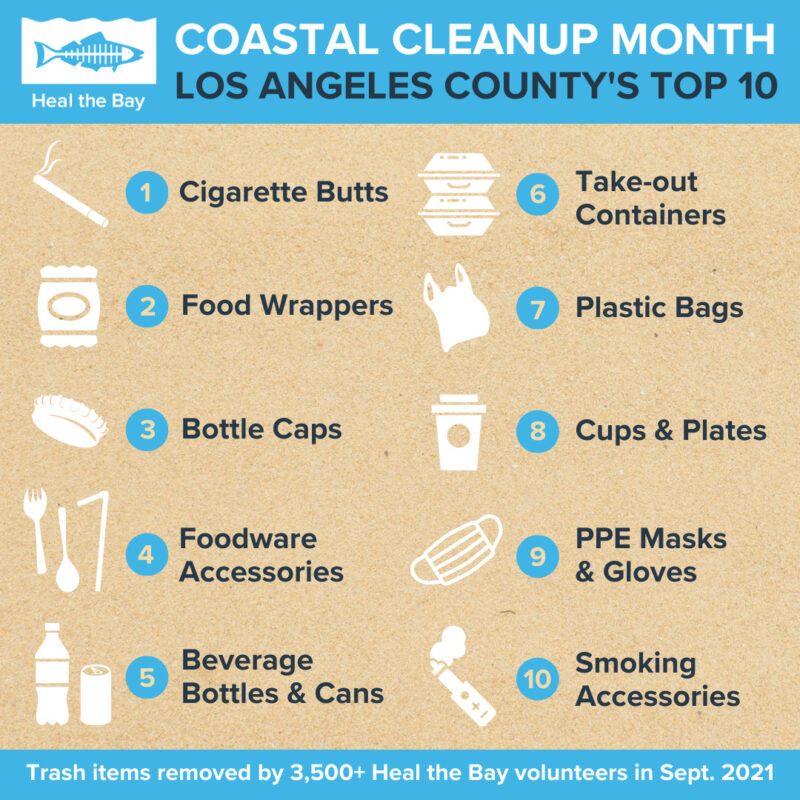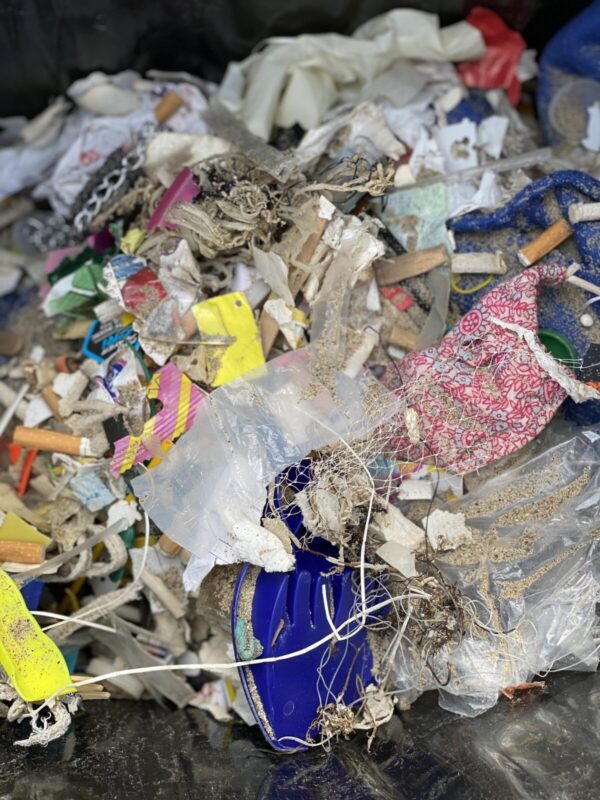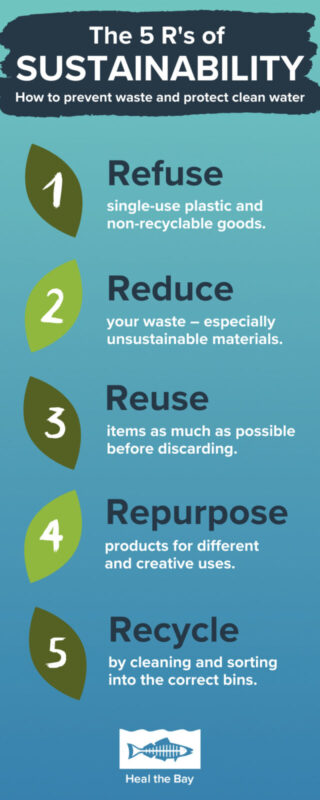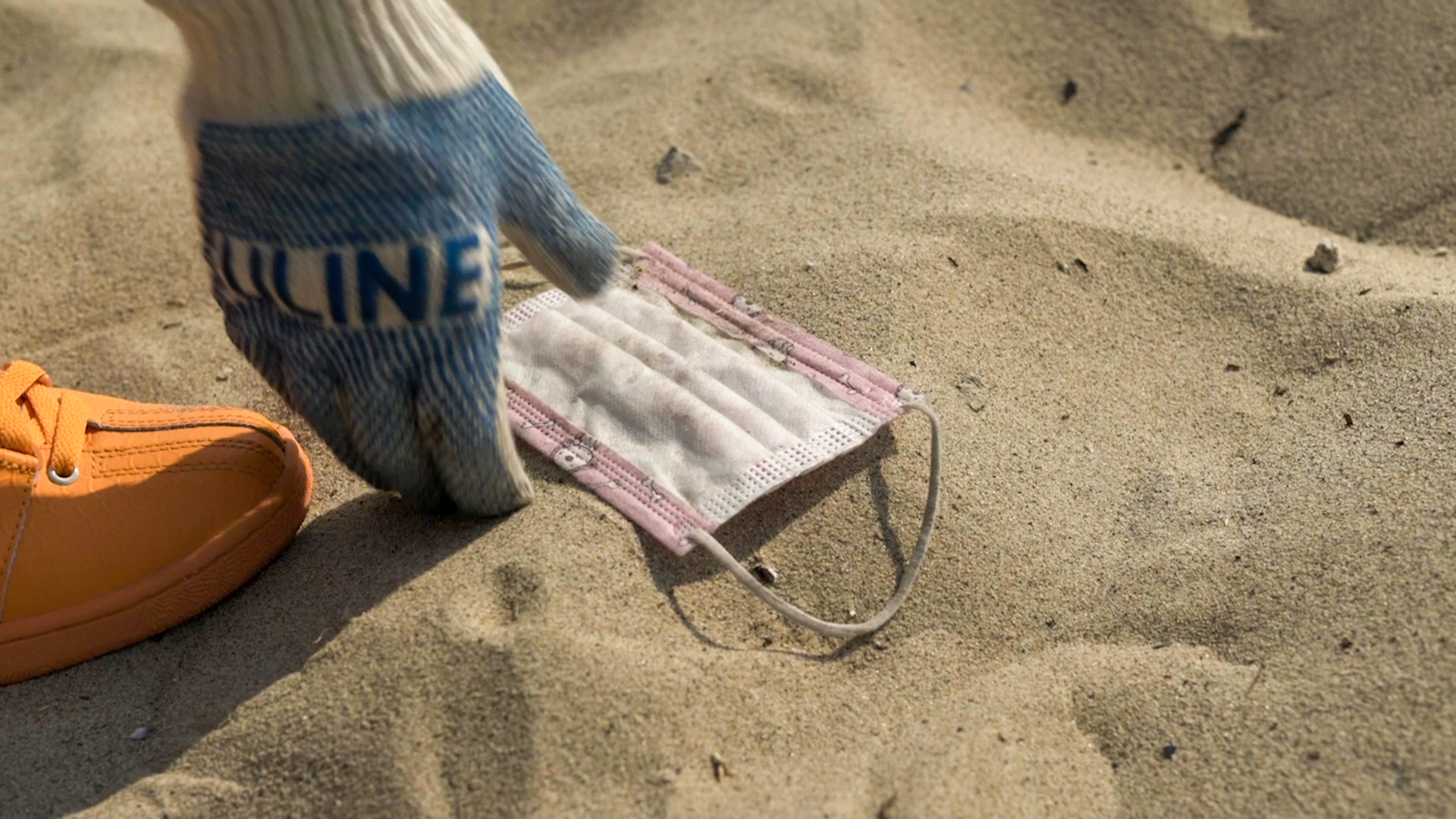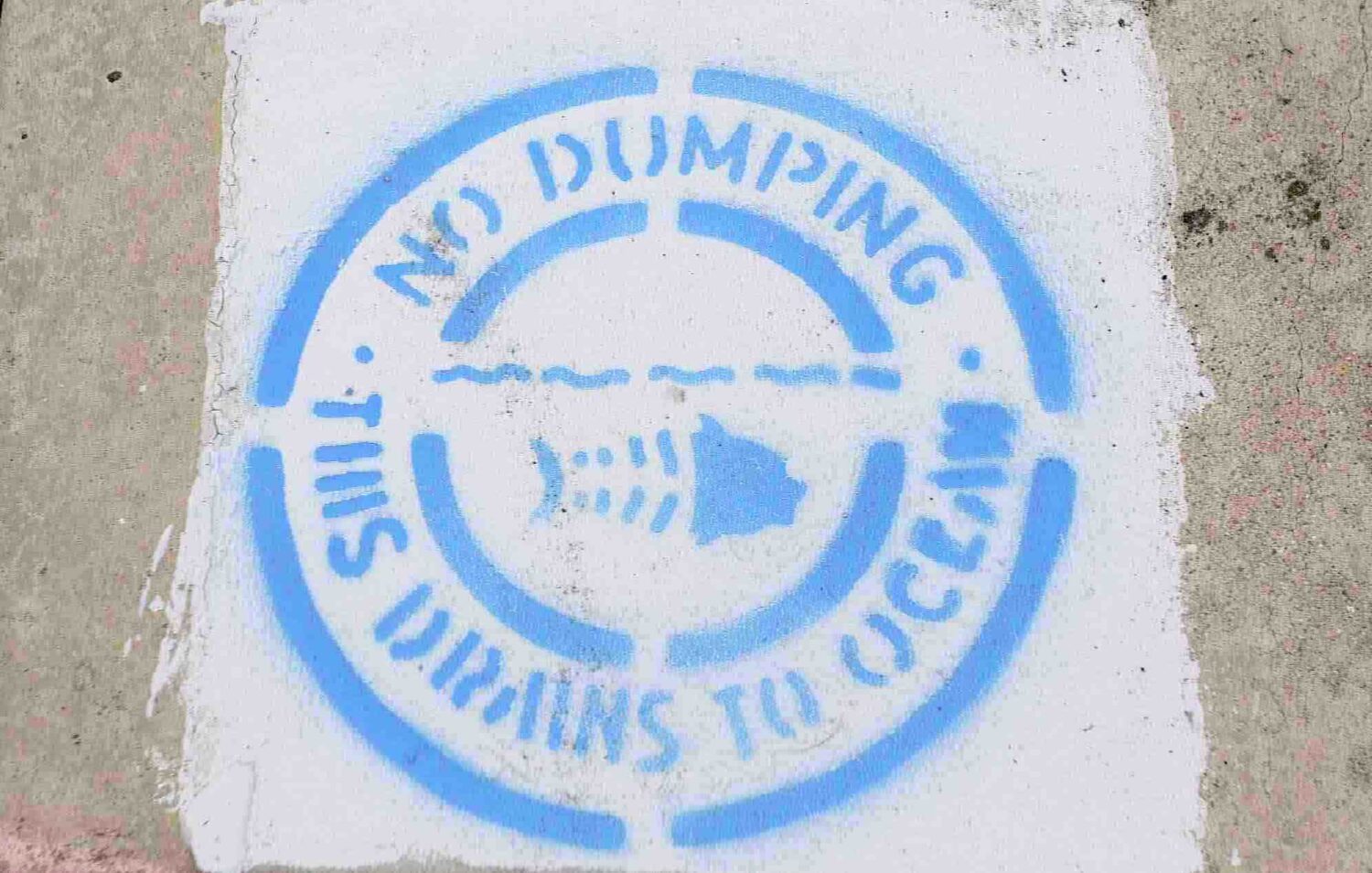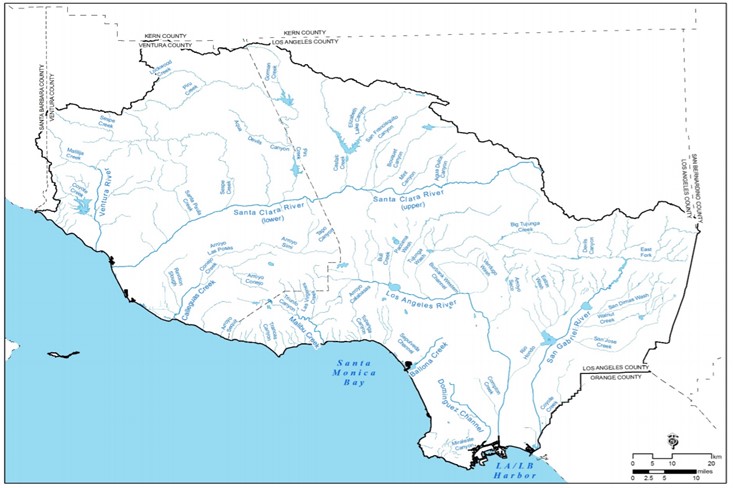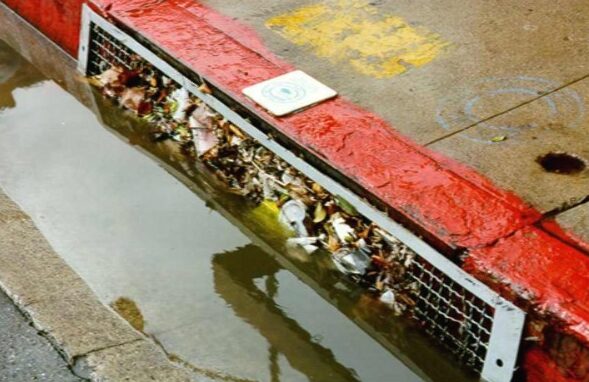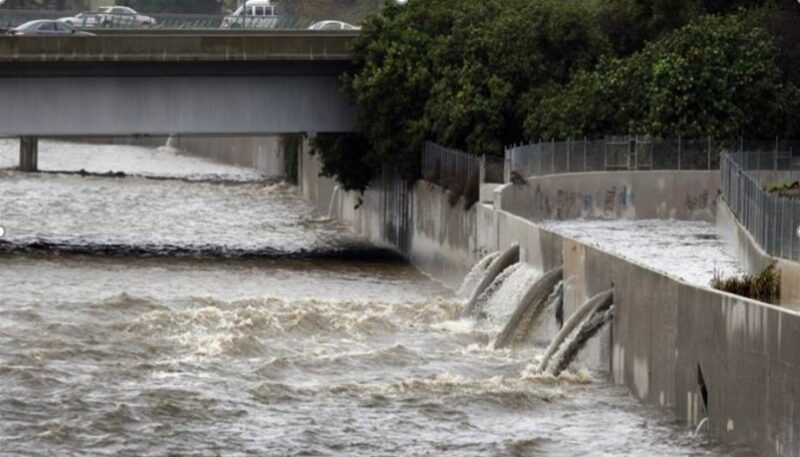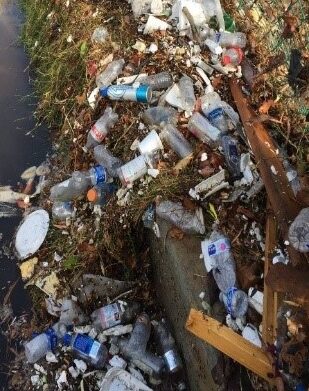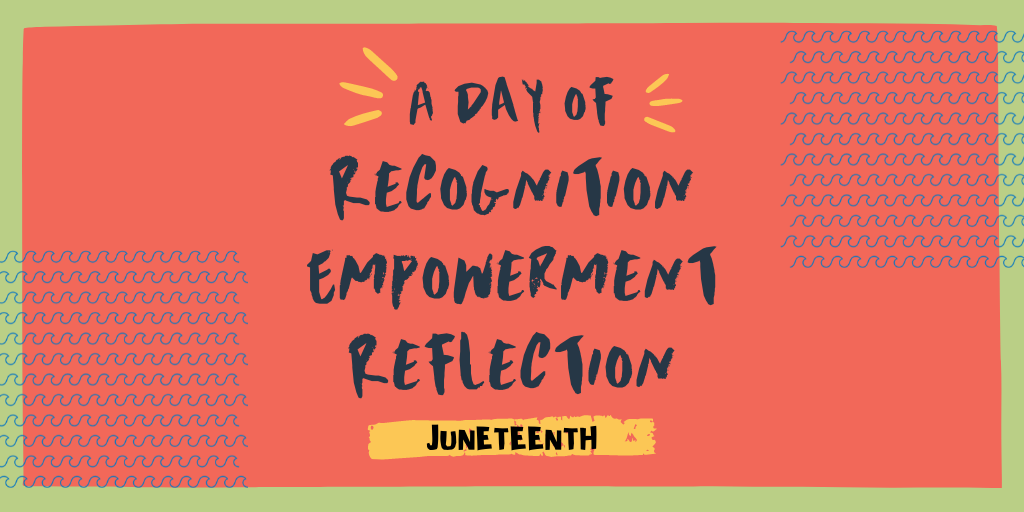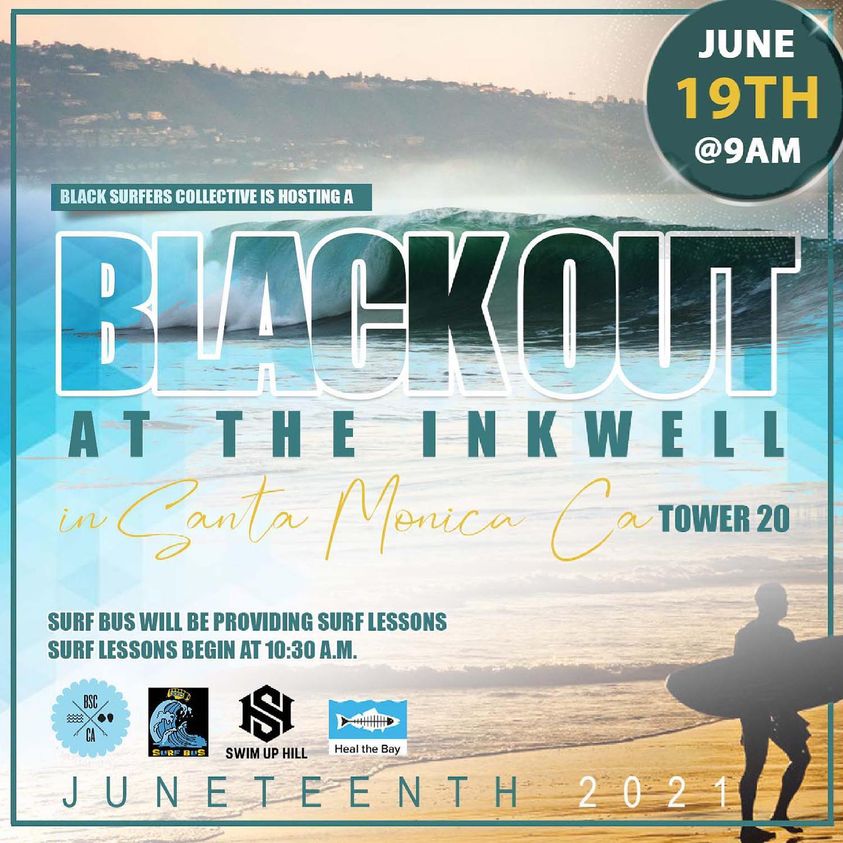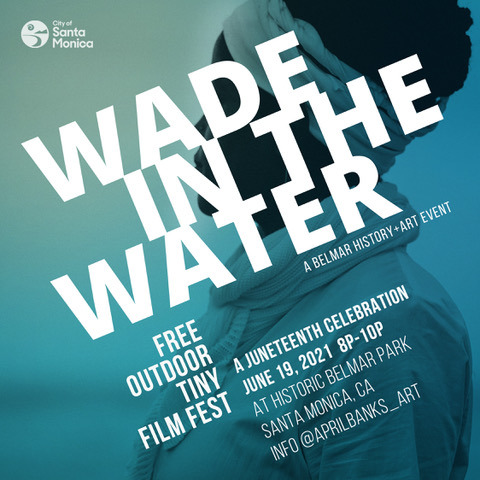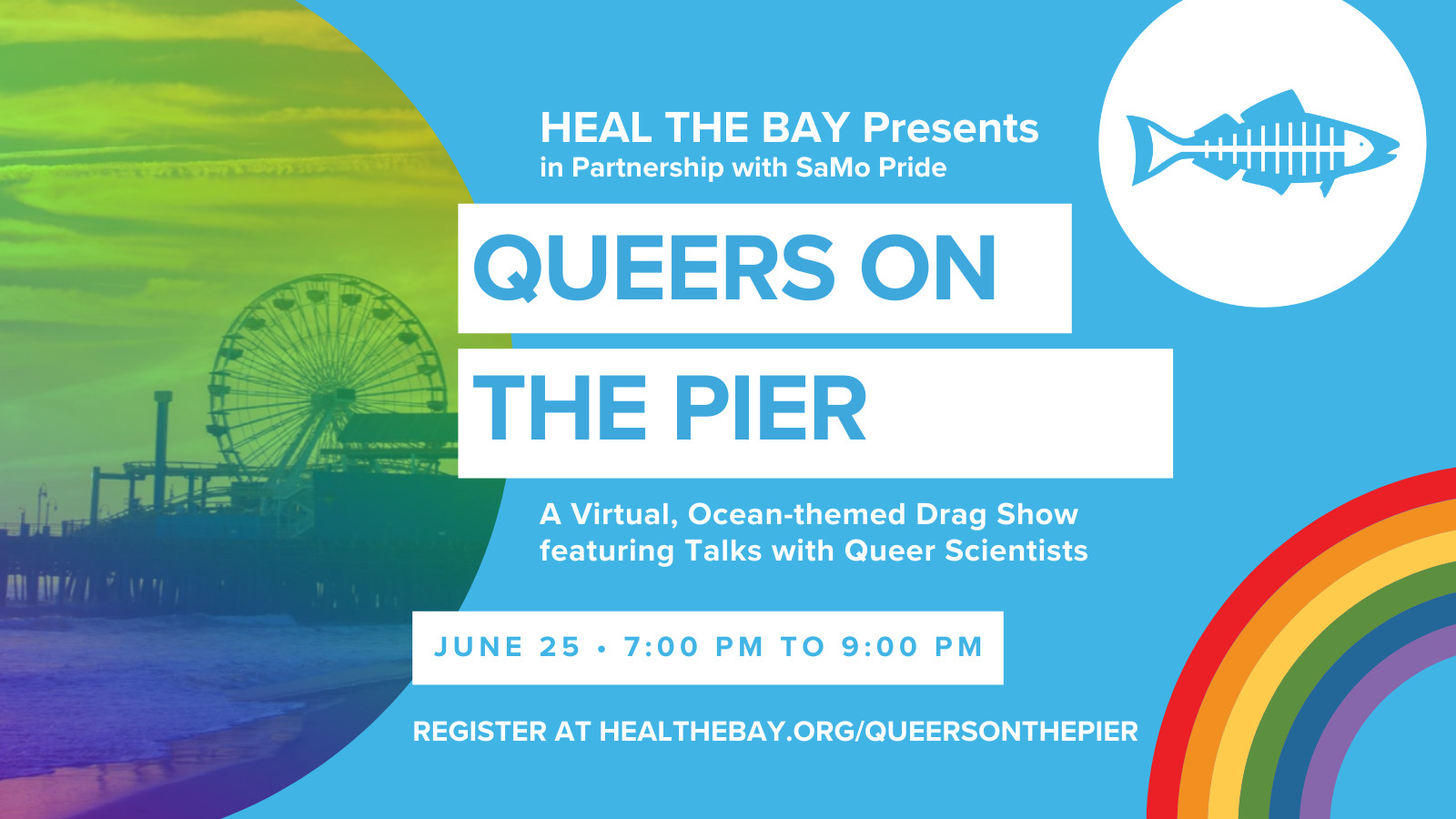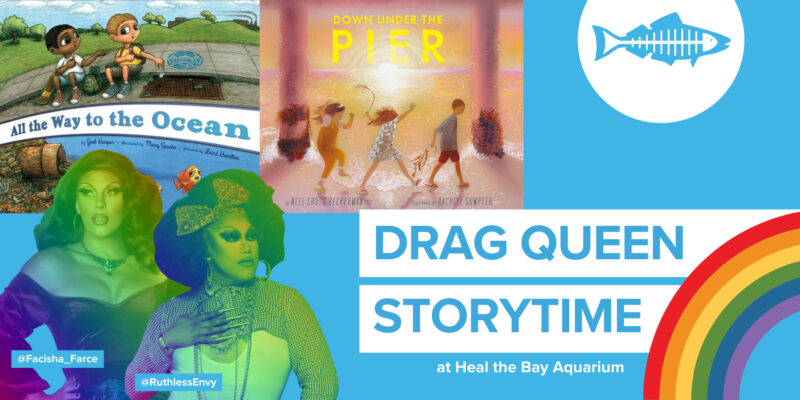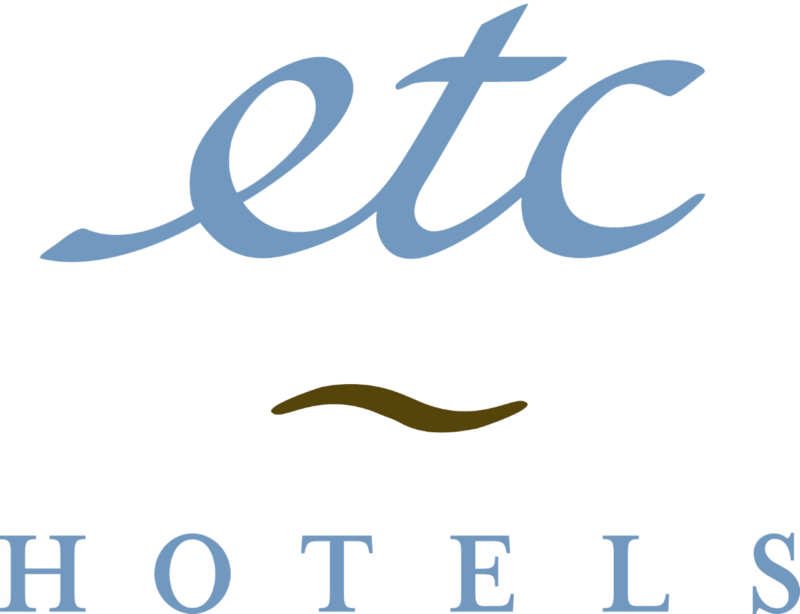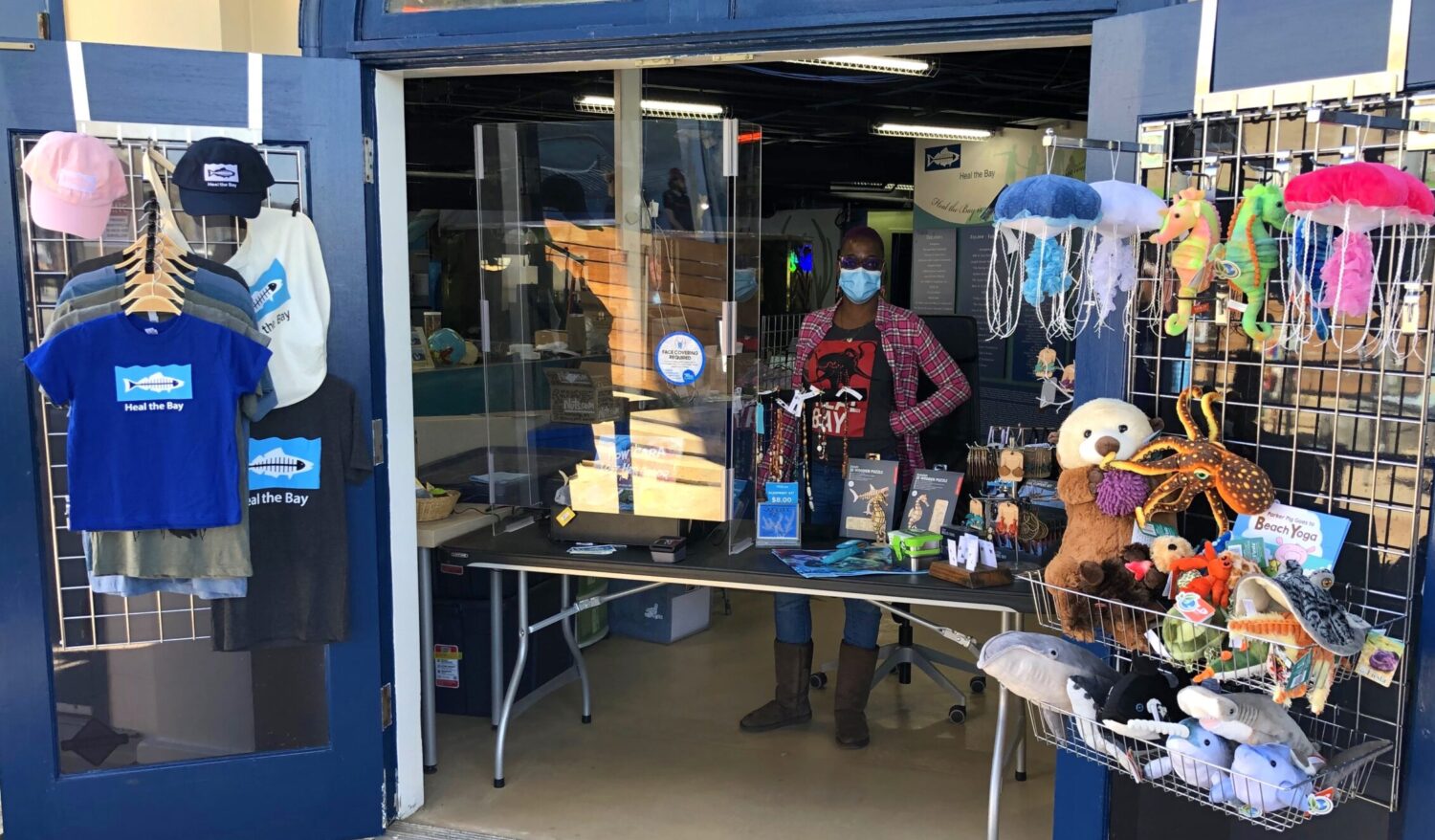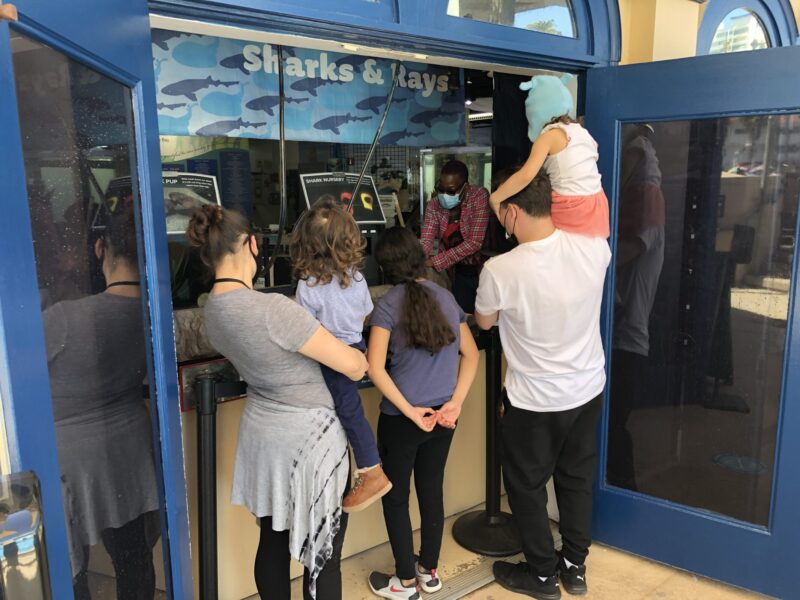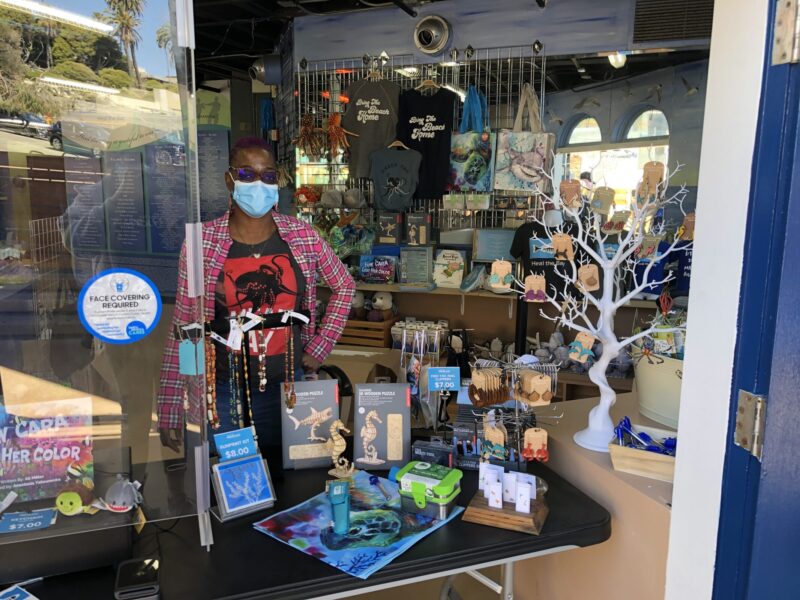
Earth Month is here and Heal the Bay is excited to celebrate all April long with in-person volunteer activities and hands-on training events, plus live virtual discussions and educational opportunities. Let’s learn and grow, go outside to do some good, and celebrate our amazing blue planet together because every day is Earth Day.
Individuals, households, schools, businesses, and community organizations are all invited to attend Heal the Bay’s Earth Month events. No special training or experience is required for any of our activities. Heal the Bay’s goal is to create that spark of inspiration so we can Spring Into Action for our coastal waters, rivers, creeks, and beaches in Los Angeles County.
Spring into the Climate Challenge – Virtual
ALL MONTH LONG Action
Take a deep dive into the climate impacts on our local coastal and marine ecosystems in our Spring Into Climate Action blog. We’ll discuss the coastal impacts of the climate crisis, the main sources of the pollution that is accelerating climate change, and what you can do about it. We are not powerless in this climate crisis. Small changes at home do add up, and individual action can also take the form of supporting the systemic changes we need. Together, our actions can make huge waves!
Scroll down for our full calendar and event details on how to get involved.
Heal the Bay Earth Month 2022 Calendar of Special Events
Anti-Plastic Advocacy Happy Hour – Virtual
Thursday, April 7, 4:30 PM – 5:00 PM PST
Heal the Bay’s Plastics Initiative team is hosting an advocacy event to provide information about current state bills and local policies that address the enormous plastic pollution issue. Attendees can participate in reducing plastic pollution in LA County and California by completing specific actions! Registration in advance is required.
Volunteer Orientation Meetup – Virtual
Monday, April 11, 6:30 PM – 8:00 PM PST
Get an introduction to Heal the Bay, our current issues, and how you can take part in our exciting volunteer programs. Founded on the principle that one person can make a difference, Heal the Bay has empowered thousands of volunteers to improve their environment, and now you can make a difference too. Our Orientation is ideal for those who want to learn more about how to take part in our beach, community science, and Aquarium programs. Registration in advance is required.
BioBlitz the Bay – In-person
Saturday, April 16, 8:30 AM – 10:30 AM PST
Heal the Bay’s MPA Watch team is adventuring out to a Marine Protected Area for an early morning tidepool tour and bioblitz. Experts will instruct guests on how to safely observe and document wildlife while discovering more about local marine ecosystems. This event is an introduction to one of Heal the Bay’s most popular community science programs where volunteers take long walks on the beach to collect data and protect precious marine habitats. Registration in advance is required.
Earth Month Nothin’ But Sand Beach Cleanup – In-person
Saturday, April 16, 10 AM – Noon PST
Our big Earth Month cleanup helps to ensure safe, clean, and healthy local beaches. This Nothin’ But Sand beach cleanup is a meaningful opportunity for volunteers to directly improve the condition of our beaches while enjoying the outdoors. Cleanup supplies are provided and speakers will share ocean pollution facts and safety talks for people of all ages.
This is our first Earth Month cleanup since 2019 – at that time, 1,072 volunteers picked up 271 pounds of trash and debris that would have otherwise entered our ocean. This year we are restricting capacity due to health and safety concerns from the pandemic. Please note: April’s cleanup location will be provided in a CONFIRMATION EMAIL after you complete the registration at Eventbrite.
If the event says it is SOLD OUT, you can still come! Please bring your own gloves and buckets to participate in the cleanup. For those of you who can’t register because it is sold out, we will announce the location on the Eventbrite page a few days before the cleanup, so check back then to find out where we will be.
Special perks for volunteers: Stay energized at our Earth Month Nothin’ But Sand cleanup in April with FREE coffee provided by Don Francisco’s coffee truck. Just by participating in the cleanup, 3 lucky volunteers will win free coffee for a year from Don Francisco.
A BIG thank you to our April Nothin’ But Sand Sponsors
FREE Beach Wheelchair Rentals & Beach Exploration with Heal the Bay Aquarium – In-person
Saturday, April 16, 9:30 AM – 11:00 AM PST
Need a Beach Wheelchair to enjoy some fun in the sun? Everyone should be able to enjoy a day at the beach, so come to Heal the Bay Aquarium to access our manual, beach wheelchairs, available for FREE public rentals.
Once you’re on the shore, take part in the Earth Month Nothin’ But Sand Cleanup or join Heal the Bay Aquarium staff for a guided beach exploration to learn more about the California coast and the thriving ecosystems we strive to protect.
Heal the Bay’s Beach Wheelchair rental program helps provide accessibility to one of nature’s most inspiring and critically important resources, and was made possible thanks to funding from The Coastal Conservancy. Learn more about our Beach Wheelchair Rental Program: https://healthebay.org/beach-wheelchairs-santa-monica-pier/
Heal the Bay Aquarium Earth Month Celebration – In-person
Saturday, April 16, Noon – 4 PM PST
The award-winning Heal the Bay Aquarium located at the Santa Monica Pier has programmed an afternoon filled with fun Earth Month activities. Featuring exciting exhibits and demonstrations, it’s a great way for the entire family to experience the Santa Monica Bay and observe the local animals that call it home.
Our Aquarium’s Earth Day schedule includes:
- “Who Pollutes?” Dorothy Green Room Special Presentation – 12:30 PM and 2:30 PM
- Saturday Sea Star Feedings – 1:00 PM and 3:00 PM
- Earth Day Story Time – 2:00 PM
Crafts, pollution displays, and short films will round out our afternoon of activities.
Heal the Bay Stream Team Live on Instagram – Virtual
Wednesday, April 20, 3:30 PM – 4 PM PST
Immerse yourself in the science of water quality without getting your feet wet. Dive into a live discussion on @healthebay Instagram with Heal the Bay’s Stream Team and learn about how to start your impactful journey into the world of environmental careers.
Heal the Bay Aquarium Live on Instagram – Virtual
Friday, April 22, at 1 PM PST
On Earth Day, Heal the Bay Aquarium will host an Instagram Live featuring our Under the Pier Exhibit. Virtual visitors can learn all about local animal species that live in the Santa Monica Bay, including the critically endangered giant sea bass (Stereolepis gigas), and view live feeding demonstrations. Swim by @healthebayaquarium on Friday, April 22 at 1:00 PM PST, and “shell-ebrate” Earth Day with us.
Earth Day Beach Cleanup with Assemblymember Al Muratsuchi
Saturday, April 23, at 9 AM – 10:30 AM PST
Join Assemblymember Al Muratsuchi at Miramar Park for a Cleanup of Torrance Beach. Community members will have the chance to discuss environmental policy with the Assemblymember as well as meet with our local partners. Please check the weather in advance and dress appropriately. This event is supported by local partners including Heal the Bay, Grades of Green and the Sierra Club Palos Verdes-South Bay.
Community Educational Resource Fair at MacArthur Park Lakeside
Saturday, April 23, at 9 AM – 10:30 AM PST
LA Sanitation and partners are hosting an educational feria, or fair, full of fun activities for the whole family to enjoy while learning about the MacArthur Park’s upcoming improvements. Join in on Saturday, April 23rd for the latest updates on the MacArthur Lake Stormwater Capture Project and learn how this awesome initiative will benefit both the community and the environment. You’ll also have an opportunity to share your input regarding the in-progress project’s above-ground features. No registration is required for this public event on the park’s West side.
Place, Power & Justice: Land Rematriation Now Panel – Virtual
Wednesday, April 27, 6:30pm – 7:30 pm PST
Jointly hosted and co-moderated by Sacred Places Institute for Indigenous Peoples and Heal the Bay in honor of Earth Month, the panel includes experts and activists in the Land/Water Back and Rematriation Movement. The panel will be held via Zoom and streamed to Facebook Live. And, follow us on Facebook for the latest updates. Registration for the Zoom is required in advance.
Gear Up for Earth Day with Heal the Bay
All Month Long
Nothing says Earth Day like swag from Heal the Bay. Use promo code EARTHLOVE for 10% off everything in the Heal the Bay online store from April 1 – April 30, 2022.
Make waves for a sustainable future in Greater Los Angeles, by making your Earth Month donation to Heal the Bay.
- Inspire Local Youth: Your $25 gift can provide 1 student with a marine science education experience.
- Tackle Toxic Plastics: Your $50 gift can train 2 volunteers to fight plastic pollution with strong advocacy.
- Restore Our Rivers: Your $100 gift can underwrite 1 week of water quality monitoring in local freshwater spots
- Protect Clean Water: Your $500 gift can fund campaigns to hold polluters accountable for pollutants in the Bay
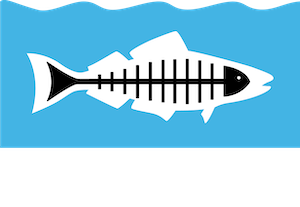
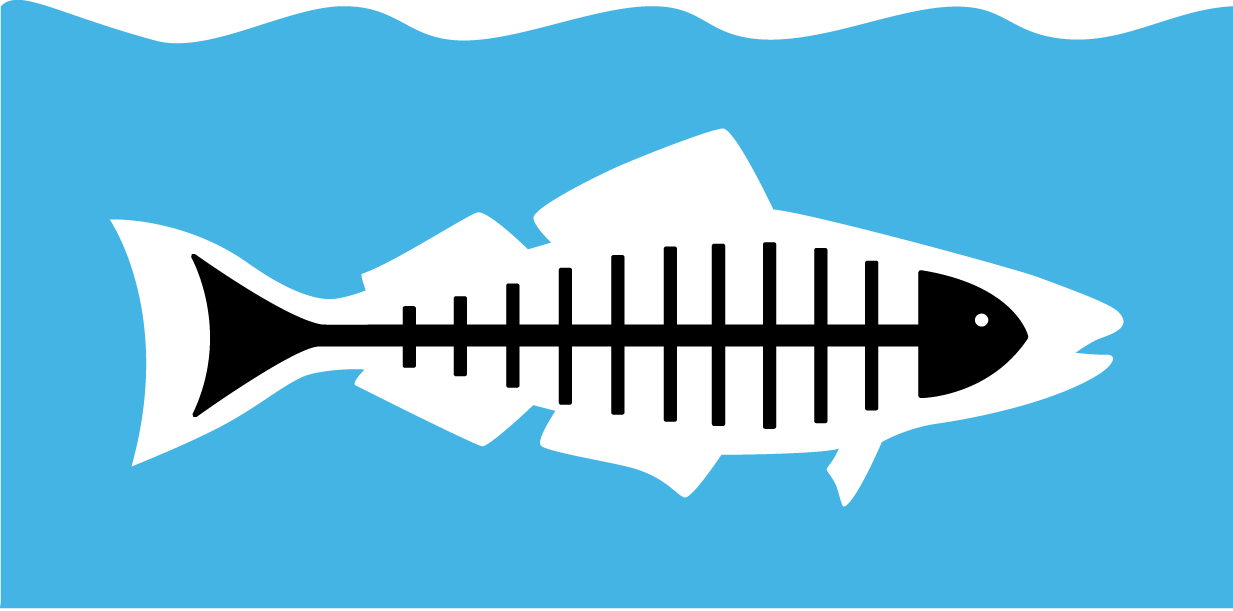

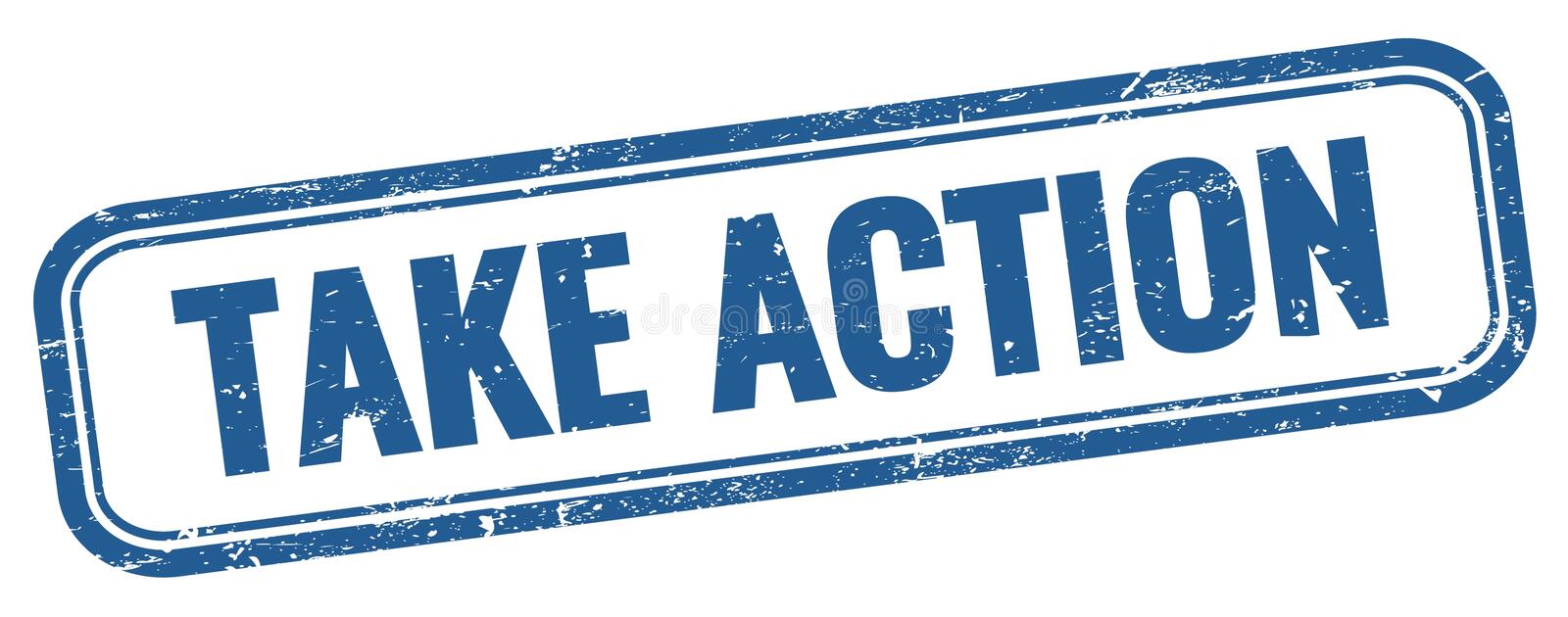

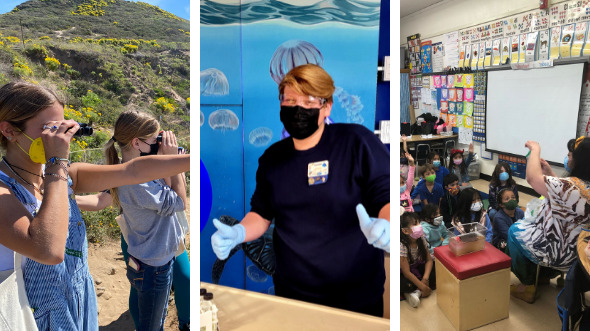
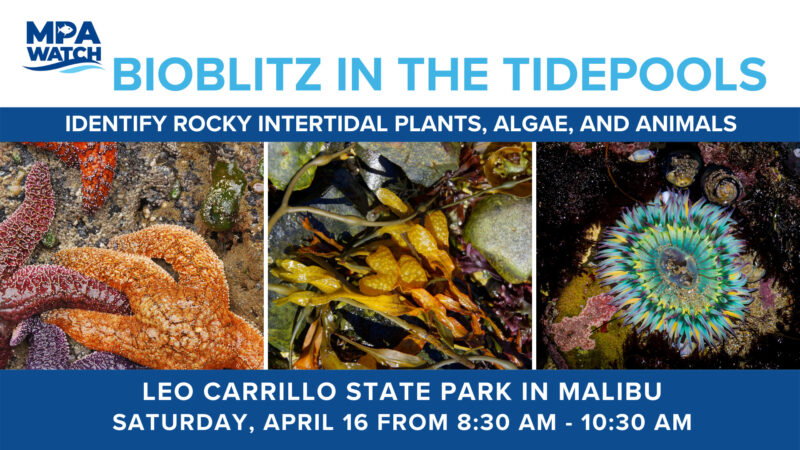
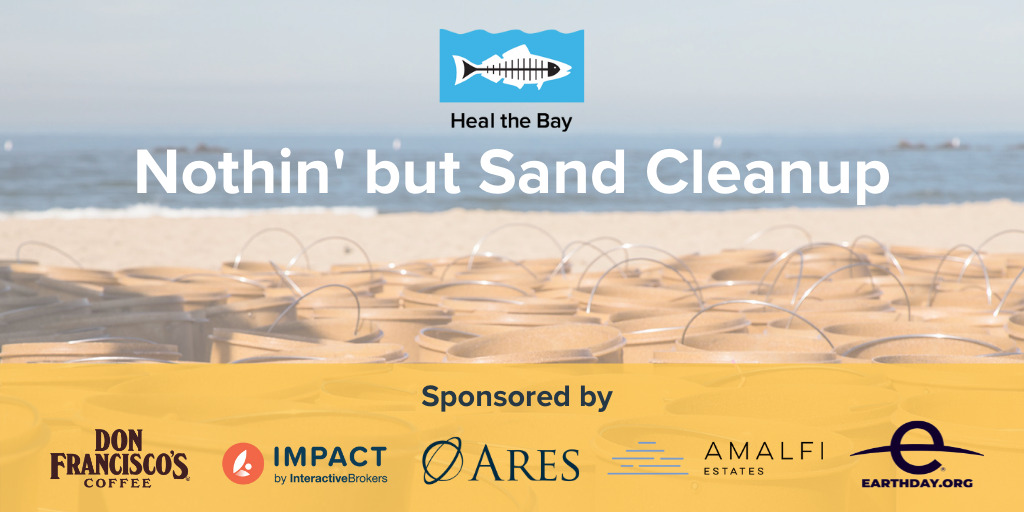
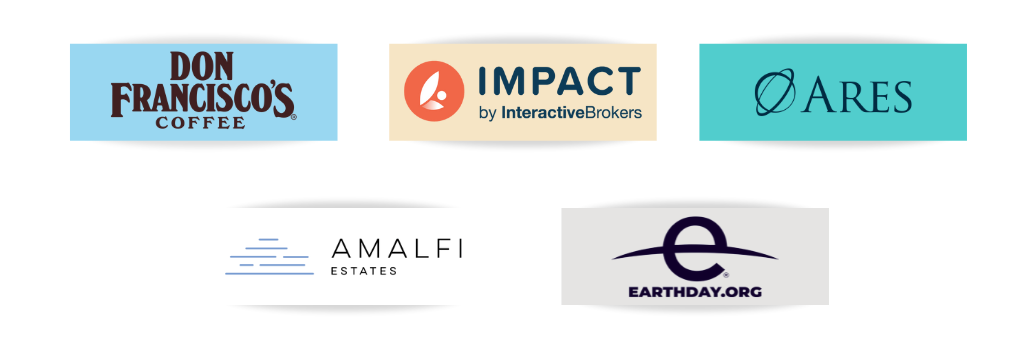
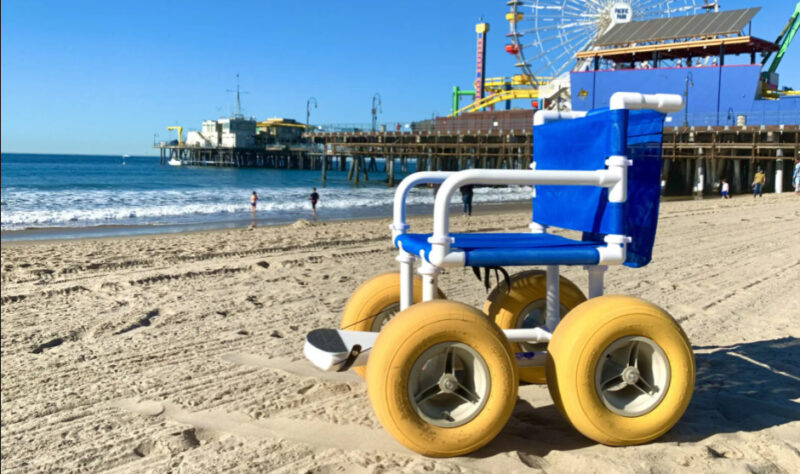

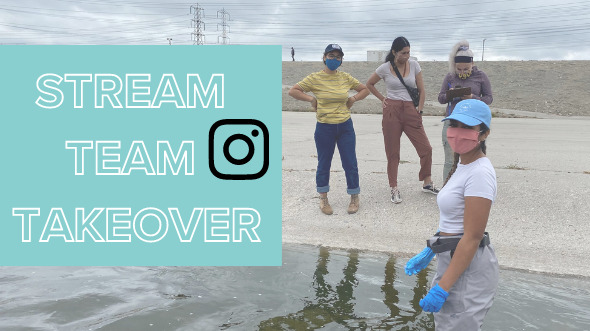
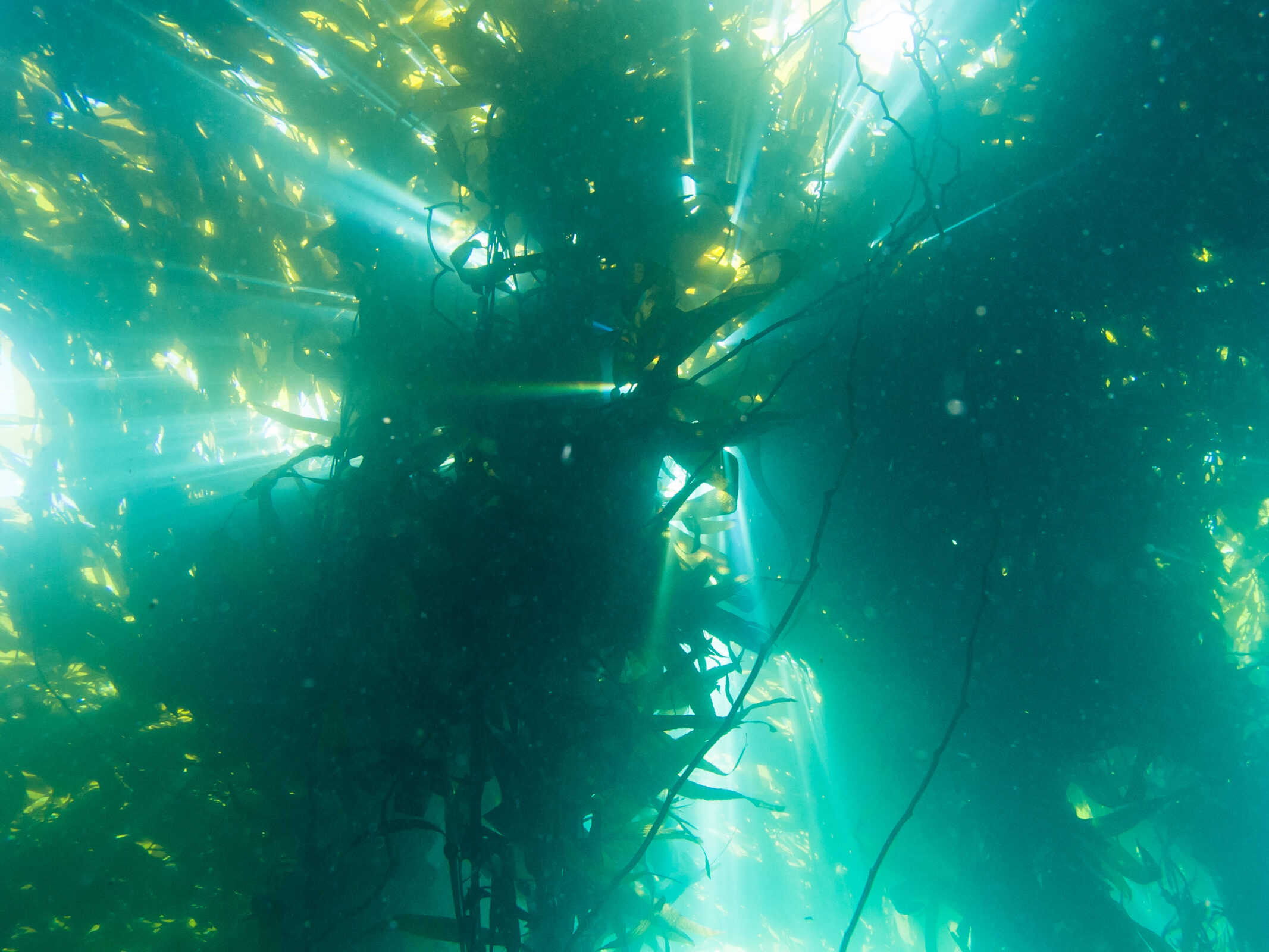
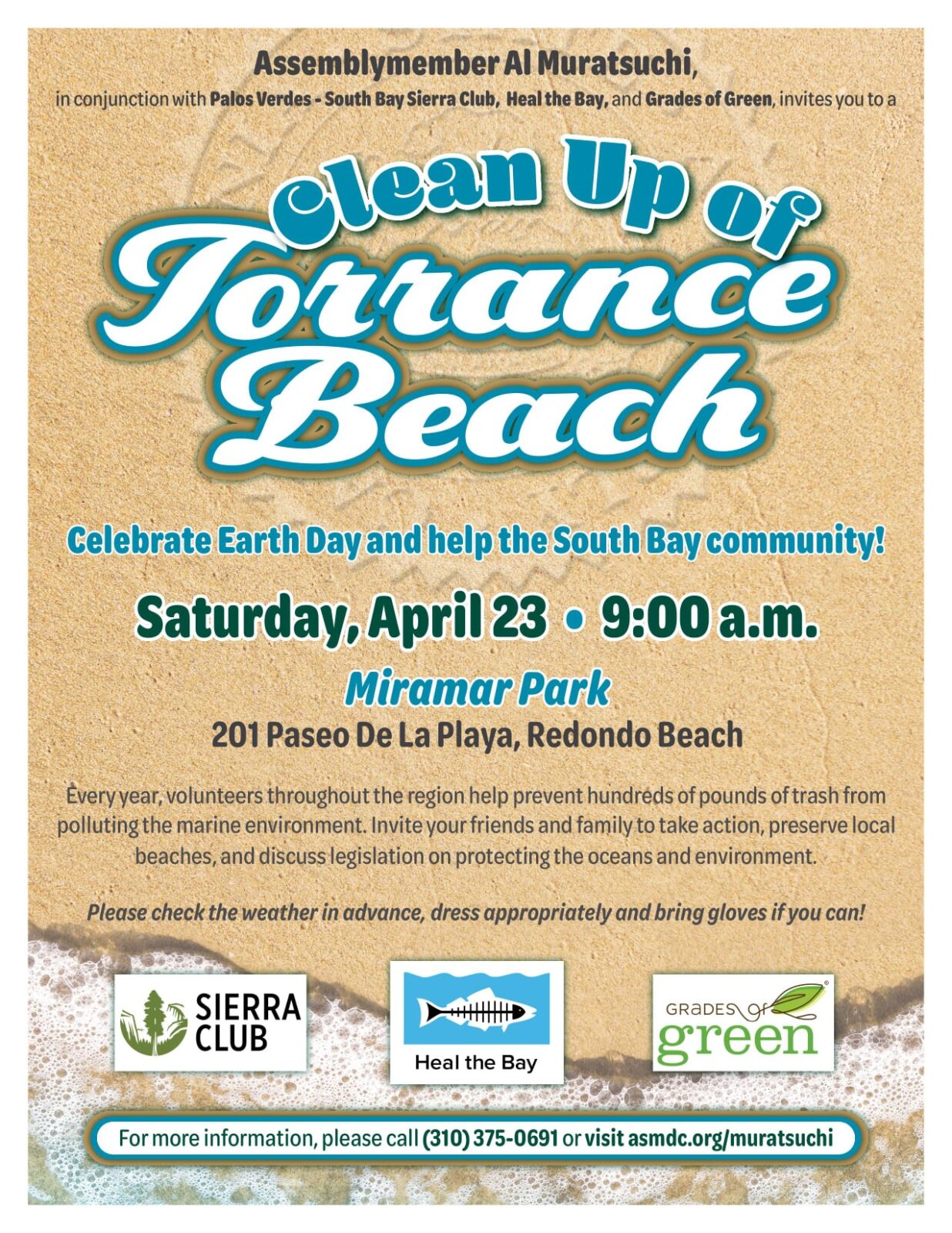
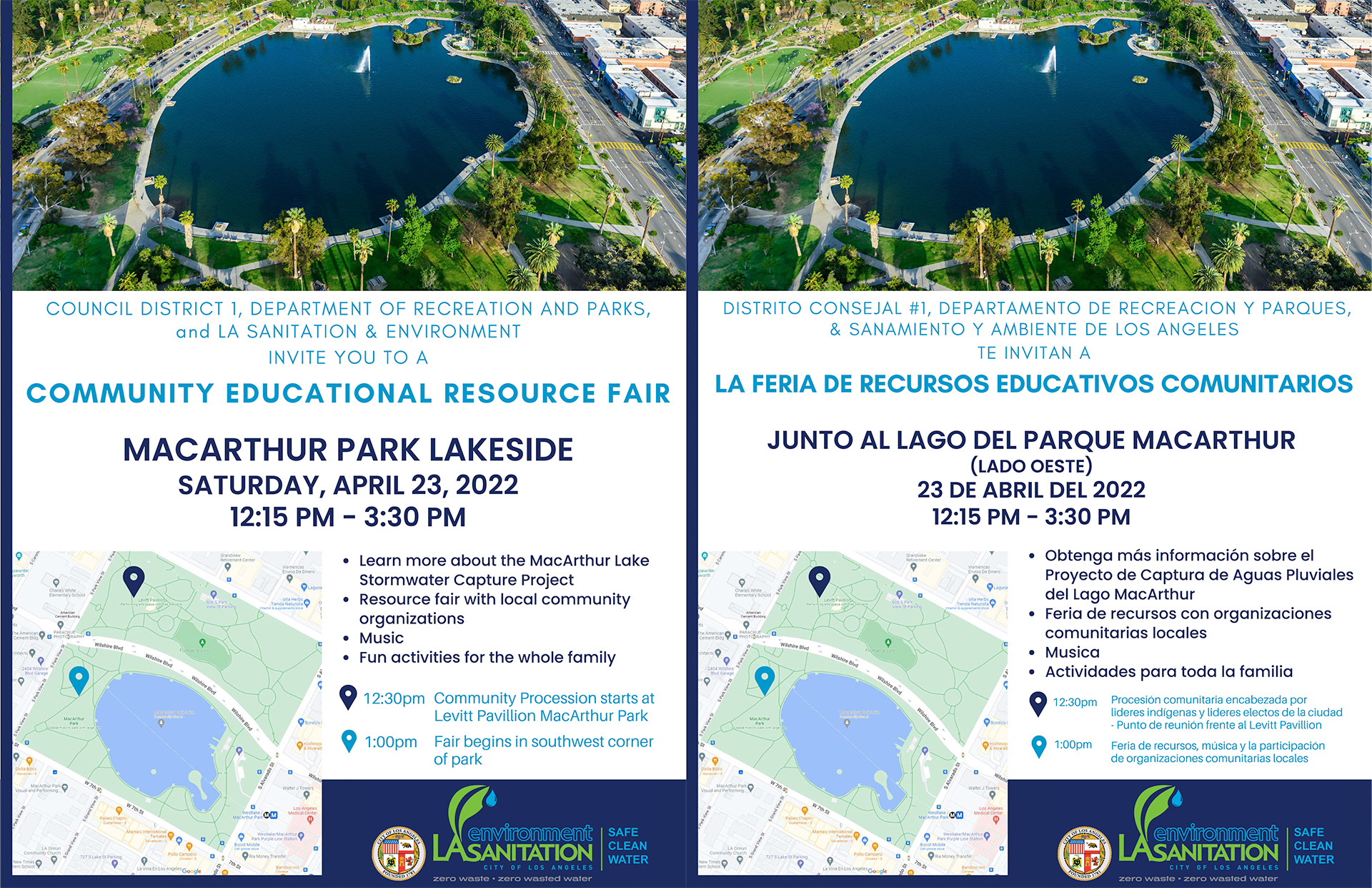
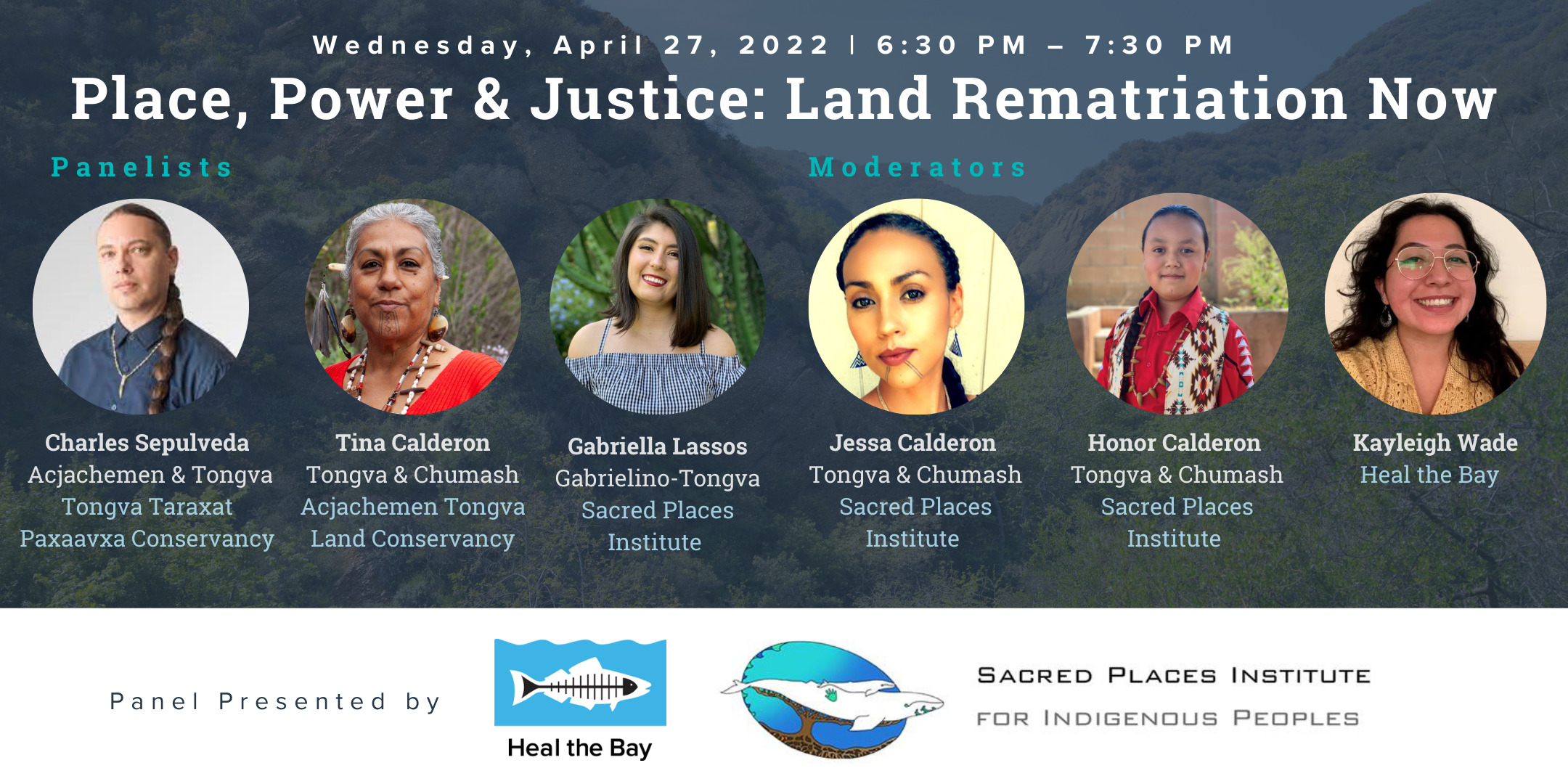
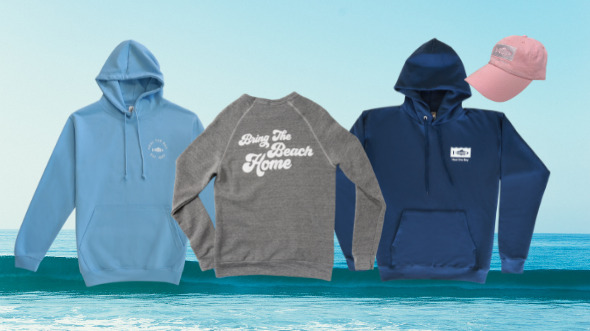
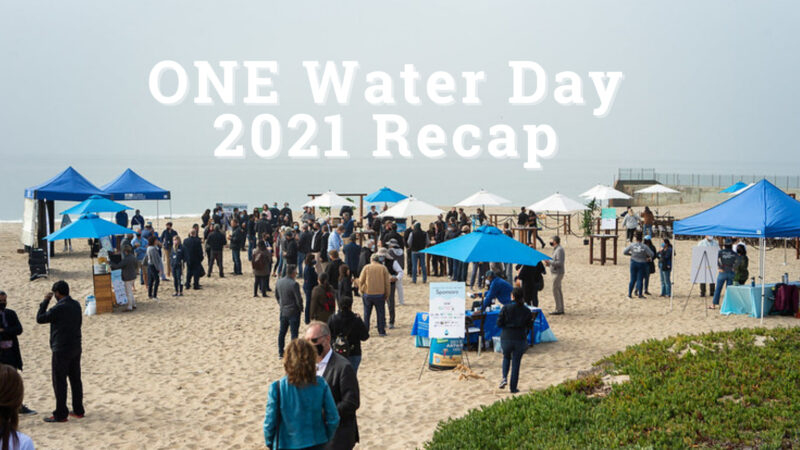 On December 3, 2021 our local water agency leaders gathered together to discuss the major water challenges impacting Greater Los Angeles and how to solve them at Heal the Bay’s first-ever
On December 3, 2021 our local water agency leaders gathered together to discuss the major water challenges impacting Greater Los Angeles and how to solve them at Heal the Bay’s first-ever 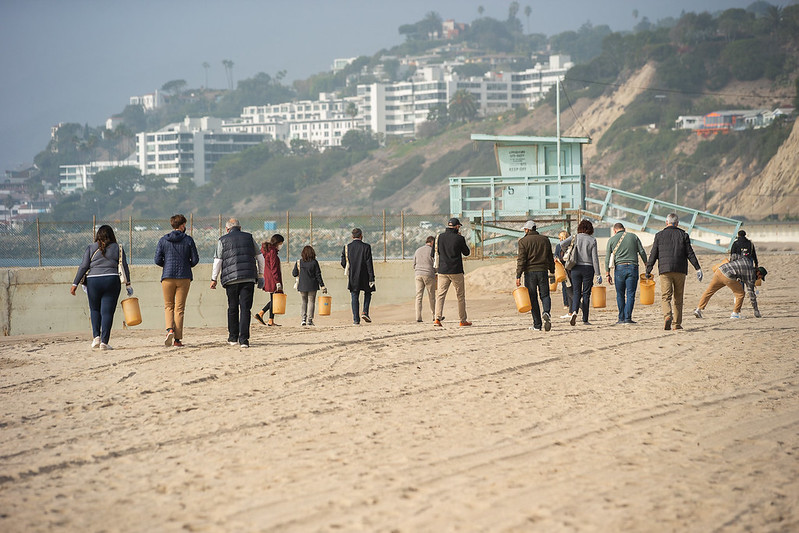
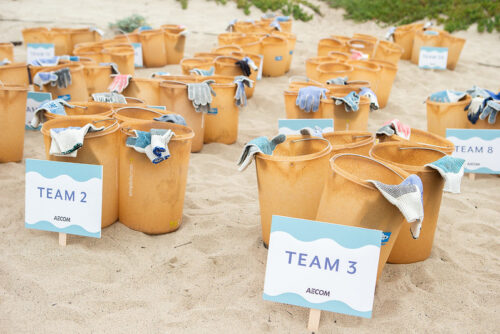
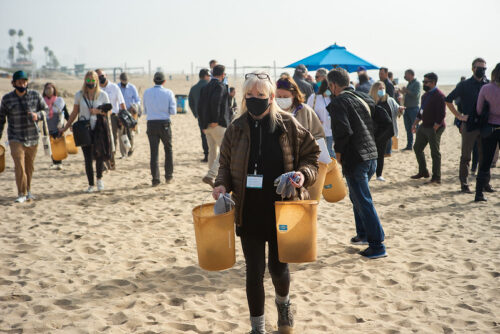
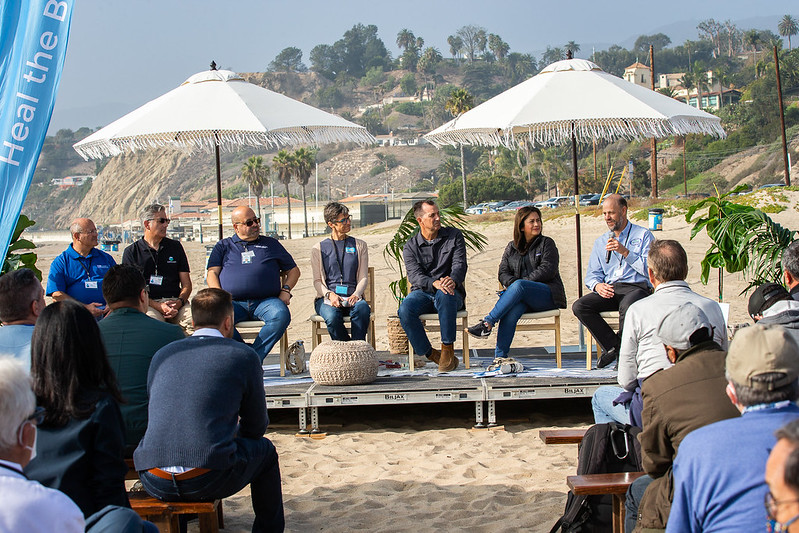
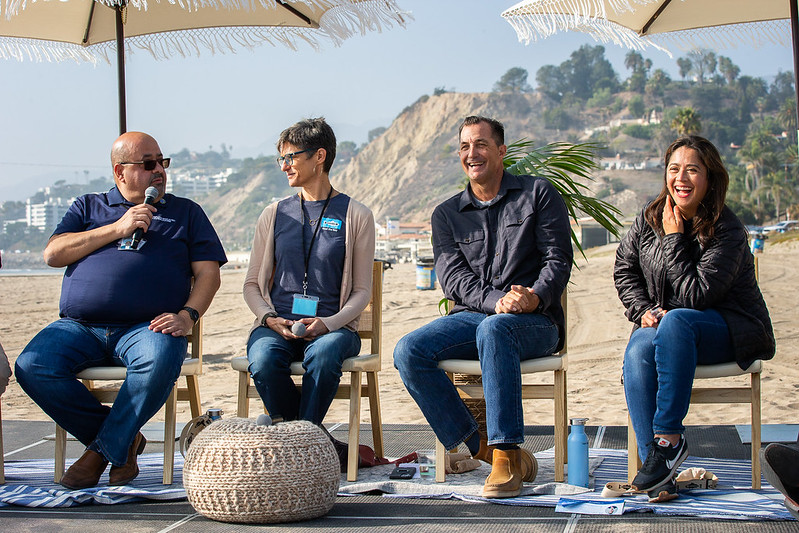 Energy was high and the feeling was hopeful as the
Energy was high and the feeling was hopeful as the 